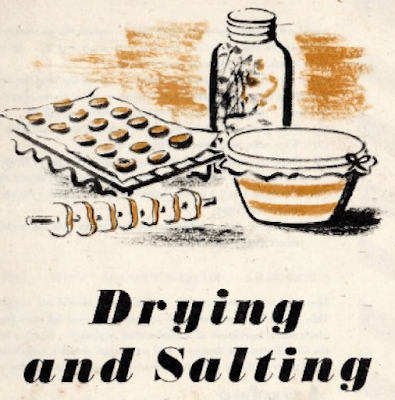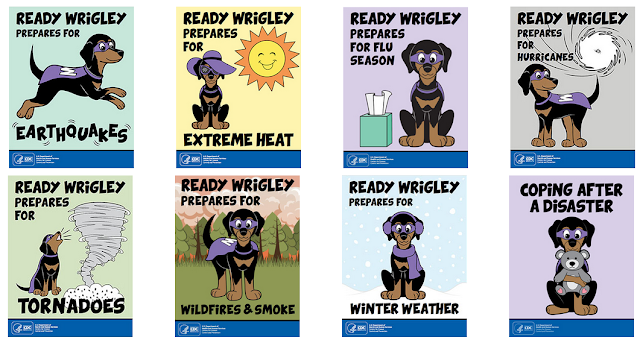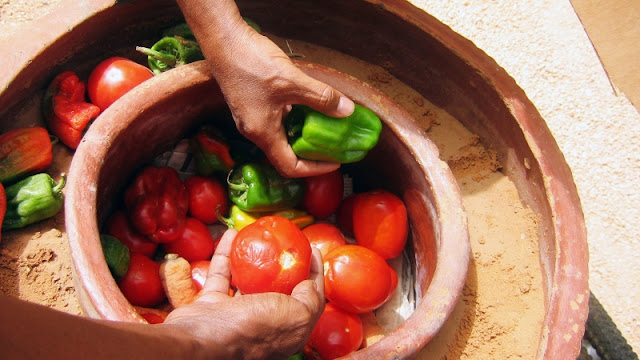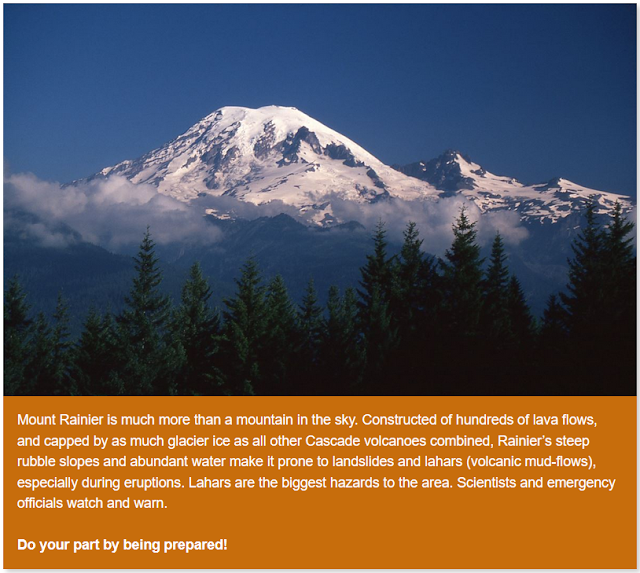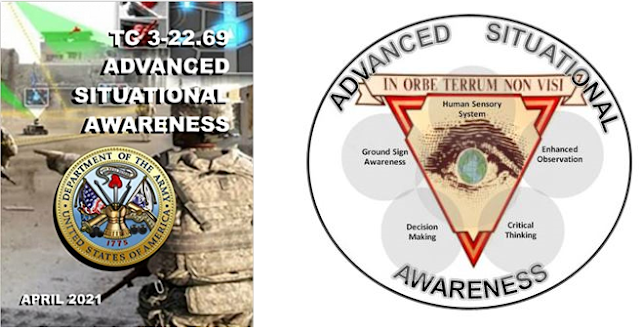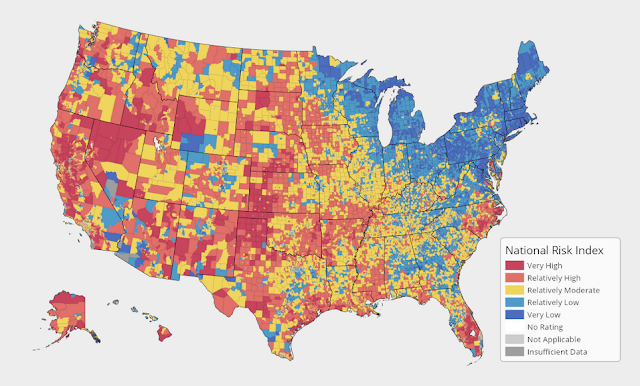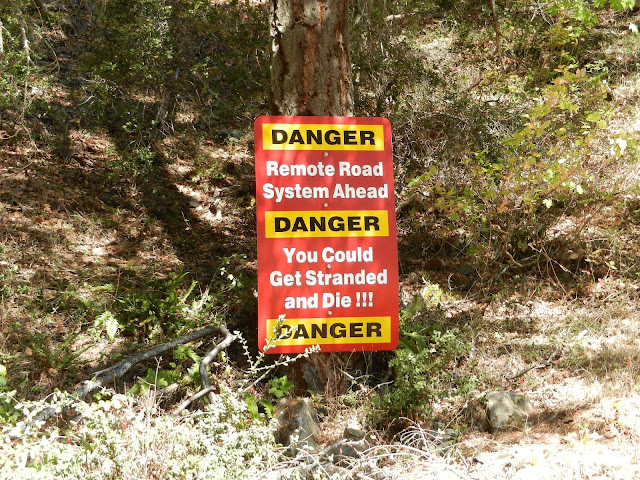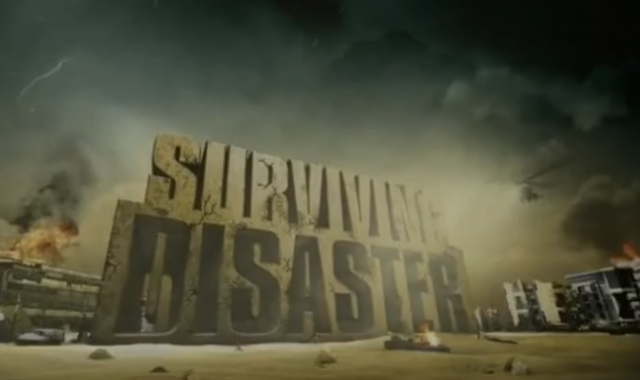Complete Guide to Home Canning

Everything you need to know about canning and food preservation is available in USDA’s Complete Guide to Home Canning. This resource is for people canning for the first time or for experienced canners wanting to improve their canning practices. The information is based on research conducted by the National Center for Home Food Preservation in cooperation with USDA’s National Institute of Food and Agriculture (NIFA). The two-part guide contains many research-based recommendations for canning safer and better-quality food at home. The first section explains the scientific principles on which canning techniques are based, discusses canning equipment, and describes the proper use of jars and lids. It describes basic canning ingredients and procedures and how to use them to achieve safe, high-quality canned products. The second section is a series of canning guides for specific foods, including recipes. The free, 196-page publication can be downloaded from the National Center for Home Food

